please remember you can click on a photo to see a larger version & highlighted text are links to additional information
Stories and More Stories
If you are familiar with our blog, you must be well aware of two things – we love remote rugged terrain and we love stories. Death Valley provides both in near overwhelming abundance. We love the place. The Lady, our compulsive statistician, informed me this was our 40th trip to Death Valley together since 1988. Death Valley has become an utterly fascinating addiction.
The Lady and I share responsibilities in regard to winter travel planning. I keep an eye on long term weather forecasts and trends. She keeps an eye on tub openings at Benton. When the two come together with favorable results, we are off.
The latest round of storms cleared – somewhat – overnight and we left home on a Tuesday morning. Chain controls were still up on highway 395 between June Lakes and Mammoth, but traffic was light and drivers disciplined on this cold, quiet, weekday morning. We made a stop at Von’s in Mammoth for trip groceries and then decided Convict Lake would made a darn nice stop for a lunch break and walk.
And with Convict Lake the stories begin. Convict Lake was named after a vicious prison escape in Carson City in September of 1871. The gang of 29 scattered into the desert but 6 headed south and along the way shot and killed an 18-year-old mail carrier in cold blood. They took refuge at Convict Lake where a shoot out ensued with the posse hot on their trail. Two members of the posse were killed, Mono County deputy Robert Morrison was shot and killed at point blank range. Morrison is buried at the small cemetery at Benton Hot Springs. That evening we walked up the hill and paid our respects.
Here is a link to the story – Convict Lake: A Murderous Story
Wednesday was an easy drive to Death Valley. We were stopped for a long period along highway 190 where road repairs are ongoing since the raging floods of last summer. We headed up Warm Springs Road and turned off on a spur road that would provide access to the lower end of Anvil Spring Canyon. We did not get far due to a major washout, but we found where our friends, the rubberlegs, Deb and Steve from Washington, had made camp the evening before. We found a workable spot nearby and set up. We then – aware of their hiking plans for the day – headed out to intercept them on their return. Of course, this involved climbing a high point with a view. I noticed one of them was wearing a new pair of boots – nice crisp sole tread – since the last time I’d tracked these two. Since it was the slightly smaller tracks, Deb was a good assumption.
Stories flowed as we reconnected with our friends. We came bearing gifts and, after returning to camp, shared Late July Mexican Street Corn chips and prickly pear salsa. The afternoon snack fit the surroundings perfectly. Later in the trip the Lady mashed an avocado into the salsa as a quick guacamole. That was especially good.
The Lady and I were up early the next morning to take in the sunrise and savor our coffee on a walk. We discovered a well-worn ancient trail………….
……. that looked to be a route between Anvil Spring Canyon over into the mouth of Warm Springs Canyon.
We spent the day Thursday hiking up Anvil Spring Canyon, exploring the area, looking at geology, and, as always, with an eye out for archeology. The girls led the way as we entered the canyon.
Brittlebrush was the dominate wildflower.
There were several small talc prospects and the usual mining artifacts - aka garbage - along the wash.
The wash was scoured smooth from the floods of the last few years. I am always reminded that here in one of the driest places on earth flowing water is the major sculptor/architect of the landscape.
We did well this day with archeology – sleeping circles, blinds, storage pits, and a grinding mortar.
The next morning? Our usual ritual of sunrise, morning coffee, and a long wander.
A small talc mine was about a mile up a steep canyon above us. We wandered up in the morning light to have a look about.
This incredibly colored chunk of limestone caught my eye.
We broke camp after breakfast and drove up Warm Springs Canyon to the mine camp.
Our friend, Deb Fox, is an artist, author, and historian. She is currently working on a project about woman miners and prospectors of the West. So, a stop at Warm Springs camp was a must.
Warm Springs Camp and the Big Talc Mine was owned and operated by Louise Grantham, another of Death Valley’s colorful characters.
At the link to Deb’s website, I provided above, make note that she will be back in Death Valley in late March presenting talks on the Death Valley 49ers at the Furnace Creek Visitors Center.
Deb’s graphic novel – The Man Who Beat Death Valley – and William Manly’s story will come up later in this narrative as we retrace a section of the route he traveled on his selfless historic rescue mission to save two families trapped in Death Valley in 1849.
But Deb is not all work and no play. The swimming pool at Warm Springs grabs your attention when visiting. Louise had class.
Louise’s place at Warm Springs is in the best condition.
Many of the other buildings were still filled with debris from the floods.
We climbed up to the warm springs above the camp.
The National Park Service, at Warm Springs, has a display on different methods and machinery used to grind ore.
One of the simplest methods was the arrastra.
Since we lacked a large engine to power this arrastra, my able companions went to work.
With no gold dust in our pockets – illegal to remove from our National Parks anyway – we returned to our vehicles and continued up into Butte Valley and made camp at the head of Anvil Spring Canyon.
On our drive we passed two corrals set up by a donkey rescue group to capture and remove feral asses (ass - Equus asinus - is the correct name. It's the one used in the bible) from the National Park.
Here’s a link to the program – DVNP Press Release
In a talk at last fall’s 49er Encampment, Park staff reported there are now more than 5000 feral asses in the Park with the population growing by 25% a year. In the Butte Valley area, it is hard to take a step without dodging ass apples. Ass trails radiate out in all directions. The asses are everywhere. Their braying and other vocalizations quickly grows old. The springs are trampled and spoiled. This passage is notable in the above press release:
“Unlike the Bureau of Land Management and U.S. Forest Service, the National Park Service is not directed by the Wild Free Roaming Horse and Burro Act of 1972 to maintain a population of burros. Death Valley National Park’s 2002 General Management Plan, which went through extensive public review, calls for removing all burros from the park to protect water quality, riparian ecosystems, native plants, and native animals.”
I suggest we give ample support to get this task completed as soon as possible.
Back to the better things in life. The next morning the Lady directed that we should climb a nearby highpoint. It would make a nice place to finish our mugs of coffee.
Butte Valley, with Manly Peak above, spread out before us.
Our friend, The Sagebrush Reconnoiterer, upon seeing the location of our camp – he receives our nightly InReach “camped here” notifications – responded along these lines, “Looking for some Germans? Perhaps I should rent a minivan and drive in to help?”
The story of, what are now known as the Death Valley Germans, is one of the more recent tragic tales of Death Valley. It is truly heartbreaking.
In late October 1996 a Plymouth Voyager Minivan was spotted by a NPS ranger in a helicopter on a patrol looking for illegal drug grows. The van was stuck in Anvil Spring Canyon approximately 2.5 miles down from road's end at Willow Spring. The van was abandoned and locked. It had three flat tires. Running the plates, the NPS investigators found it was rented in early July in Los Angeles by a German woman on vacation. It was due back in Los Angeles on 26 July. Thirty days later, when it was not returned, the rental agency reported it stolen. Running the woman’s name and address returned with an Interpol hit that she, her son, her boyfriend, and his son had failed to make their flight home to Germany from Los Angeles 27 July 1996. They all were reported as missing.
What in the world was this minivan doing in Death Valley? What was it doing miles and miles in on what most call 4x4 roads? What was it doing here, driven 2.5 miles past the end of the road and down a wash? This is the mystery of the Death Valley Germans.
We started down the last section of road before its end at Willow Spring.
Steve had, from the Wikipedia link above, the locations involved in the mystery.
About 2.5 miles down from Willow Spring, we were at the location where the minivan was found.
Down canyon view.
Up canyon view.
We climbed up to get a better perspective.
Only two major pieces of evidence were found in the initial search after the minivan was discovered – the minivan and a beer bottle (about 1.7 miles down canyon from the minivan) that matched bottles found inside the van. It was also discovered that the woman signed the register at Warm Springs – to the left of Deb in the photo above – on 23 July 1996 and had probably purchased a Death Valley guide in German from the Visitors Center on 22 July 1996. It was found in the minivan
We continued down Anvil Spring Canyon and passed Five Mile Spring.
Steve was not feeling well and stayed at Five Mile Spring. The Lady, Deb, and I continued down to the location the beer bottle was found. The girls used a water bottle to document the site.
View up canyon.
A view to the south side of the wash with a high cut bank that may have offered a little shelter on a hot July day.
A large part of the mystery was solved in 2009 when Tom Mahood and his friend, Les Walker, discovered human remains about 4.5 miles south of where the beer bottle was found. Tom’s account of searching for and then finding the Germans is a riveting narrative – The Hunt for the Death Valley Germans. From Tom’s account, due to the location of where the remains were found, we knew the Germans headed south and out of Anvil Spring Canyon. We climbed above the cut bank to get a view to the south and their probable route.
A telephoto view.
The remains were found approximate two miles beyond the saddle in the left center of the above photo.
Tom’s story has a very familiar ring to Julie and me. We spent 30 years in winter mountain search and rescue on backcountry skis in the Tahoe Sierra Nevada. We took so many classes and trainings and I do not want to go back in memory on all the incidents we took part in. We stayed out of the spotlight. We dodged the media at every opportunity. There was not an ounce of glory or heroics. It was damn hard work that our experience and skills matched well. We were glad we could help.
Will we scope out other pieces of this mystery, who knows? We always enjoy a good hike.
With our time contemplating this tragic story coming to an end with the lowering sun of a short winter’s day, we turned back up canyon to reunite with Steve and return to our cozy and comfortable camp. And hoped those damn feral asses would do us all a favor and keep quiet so we could get a good night's sleep.
Our adventure concludes in the next installment.Please click here for - Part Two

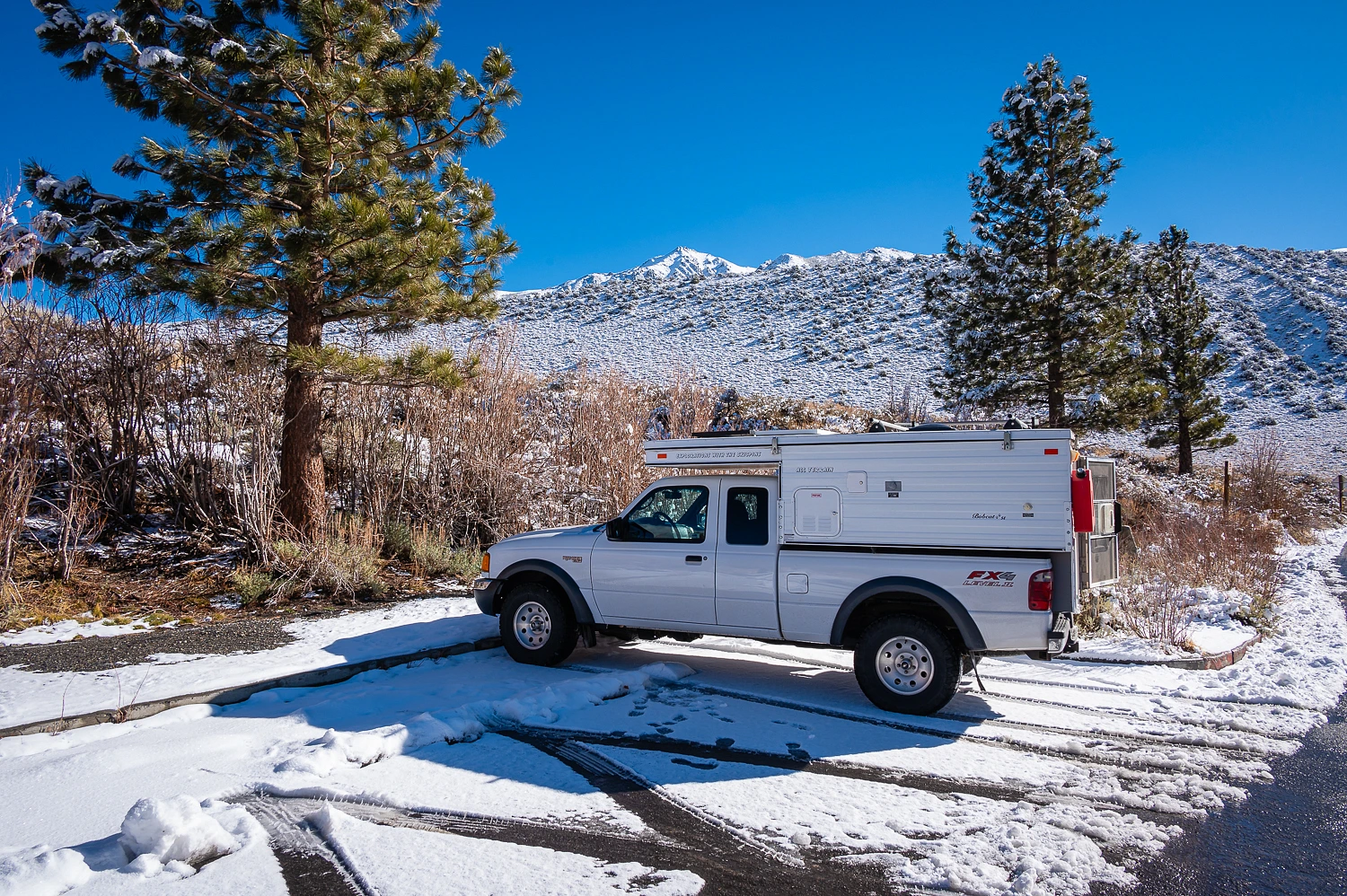












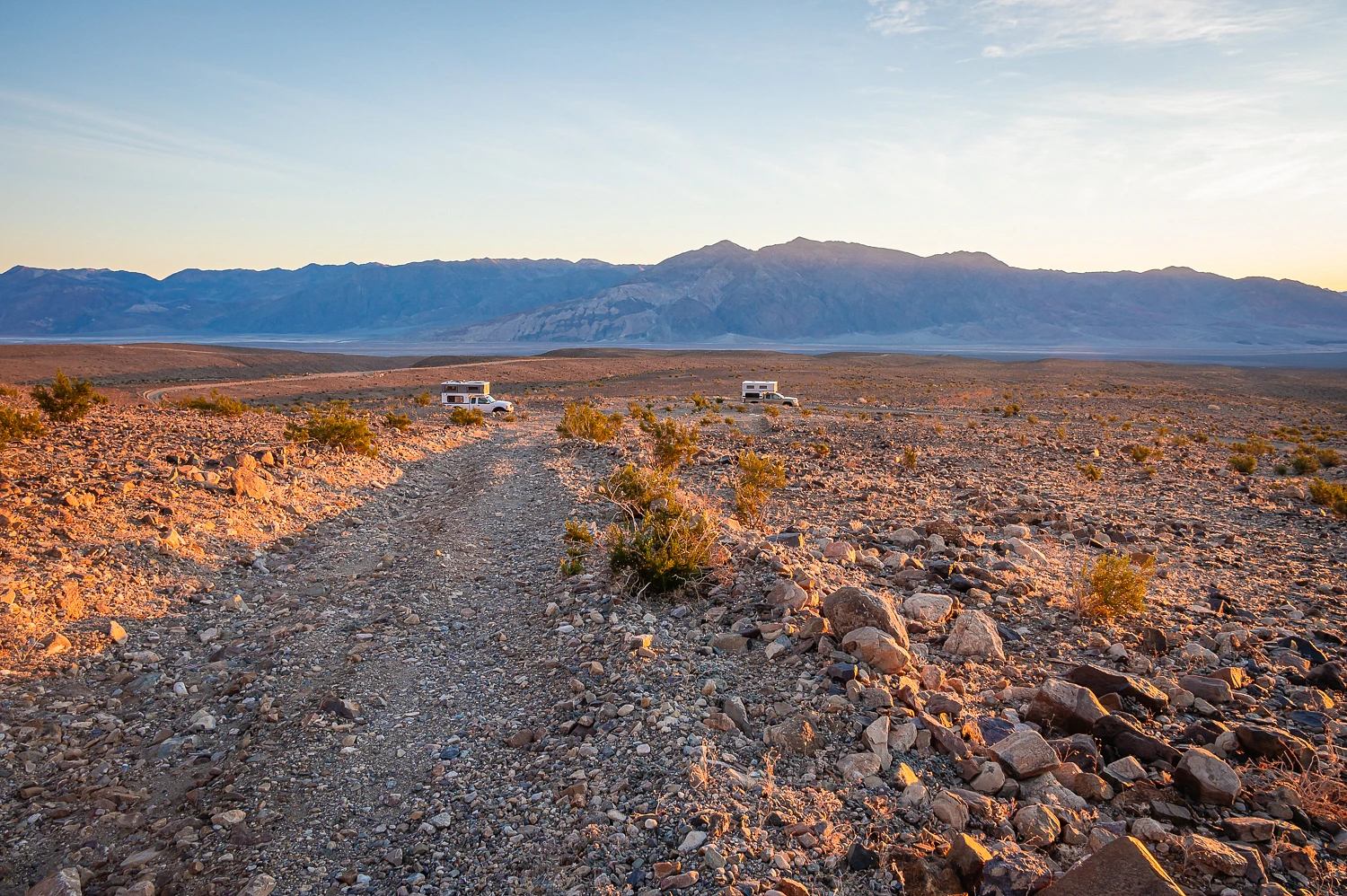
















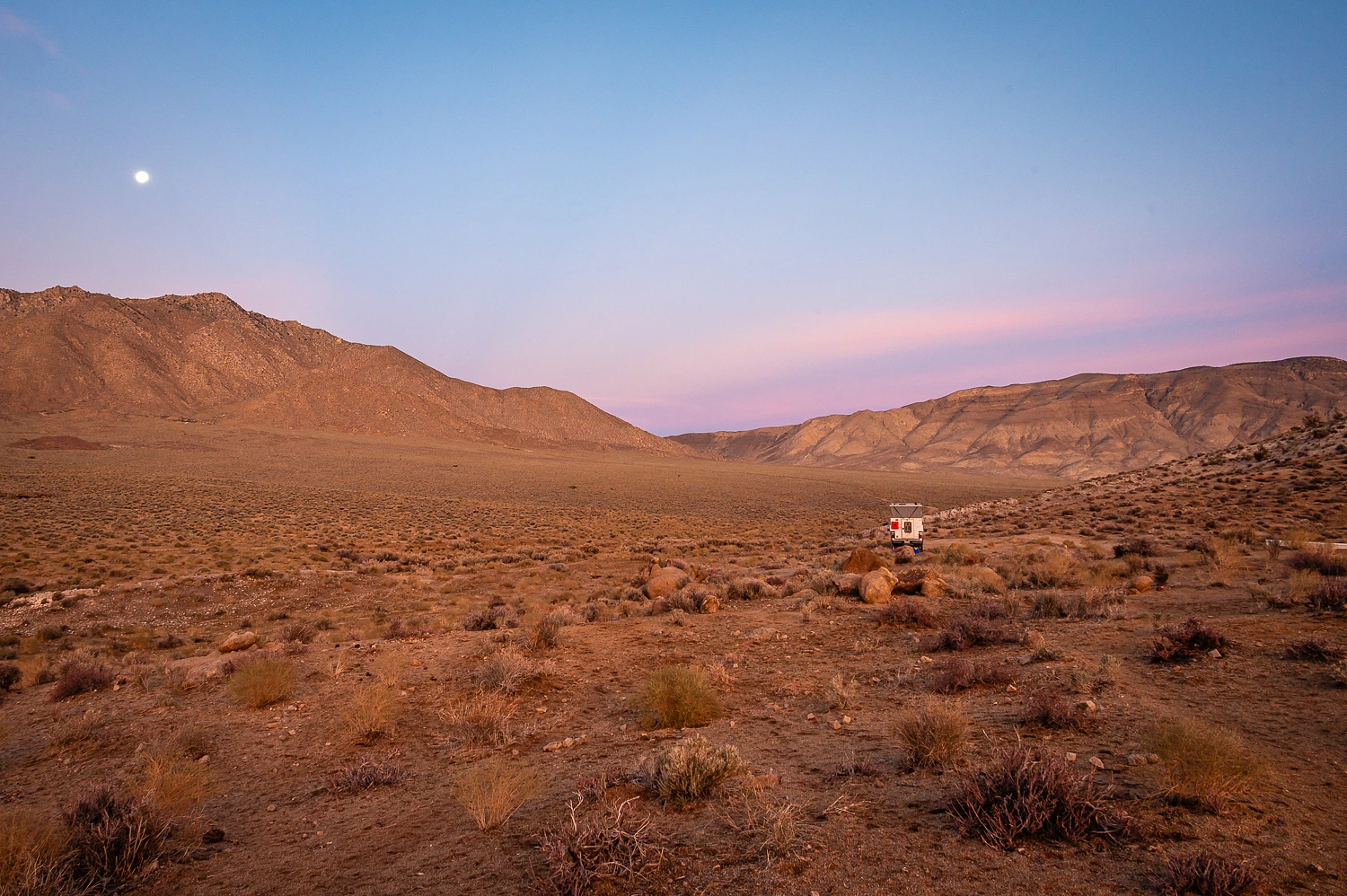

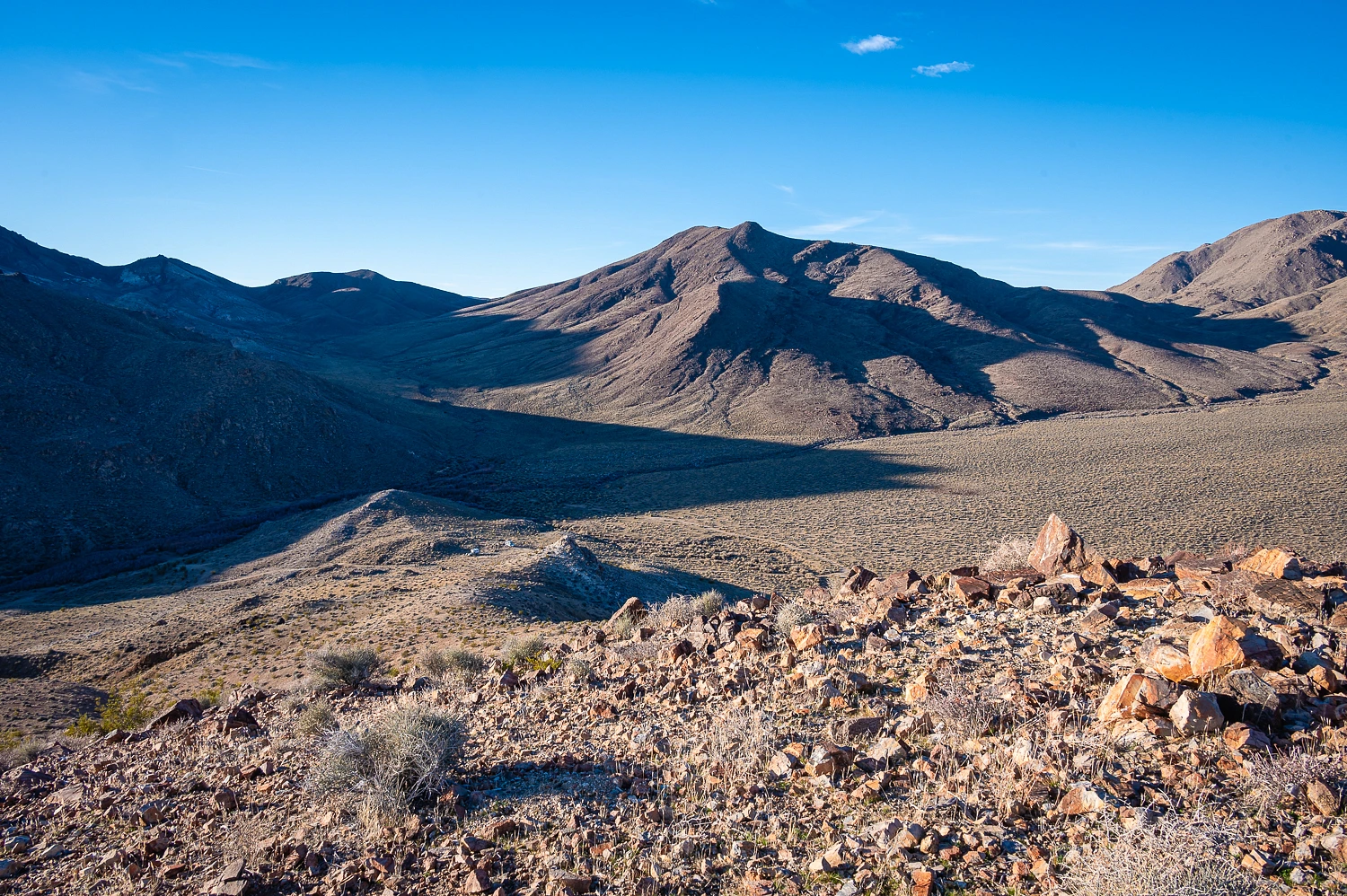
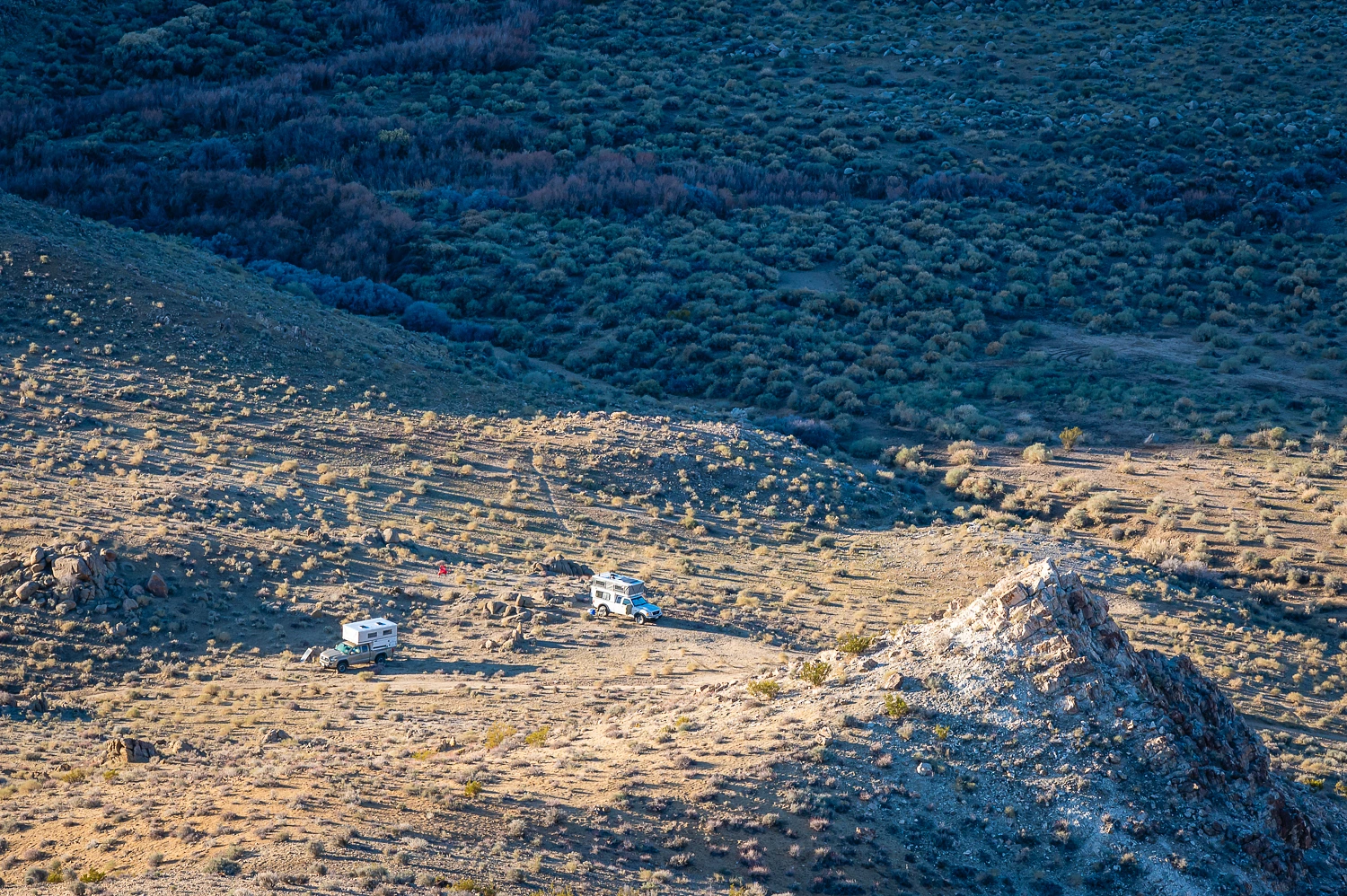














No comments:
Post a Comment